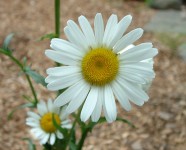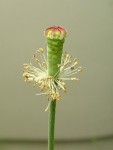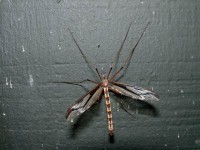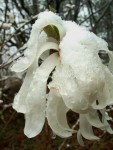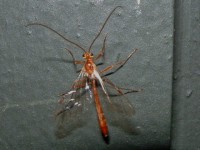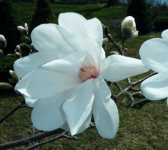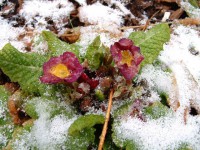Yearly Archives: 2012
Lilies and Daylilies

Summer is now in full gear here in Delaware County. Most trees and shrubs such as crabapples, lilacs, cherries and mock-oranges are done with flowering. Many roses have finished their first flush. A notable exception are the hydrangeas, which are now beginning to bloom. Many perennials are in full flower…
A Garden Foe
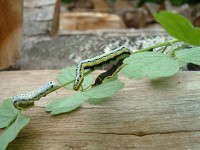
I was walking through a garden this week and noticed that the meadow-rue (Thalictrum) was stripped of leaves, pictured below. The culprits were still at the scene, very striking caterpillars, pictured above. These are caterpillars of the Canadian Owlet (Calyptra canadensis), which, as an adult, is a very plain brown moth.…
Anatomy of a Flower
Garden Friend!
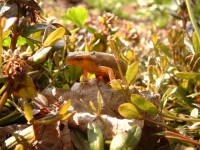
The Red-Spotted Newt (Notophthalmus viridescens) is a salamander which is very common in Delaware County. It hatches from eggs laid in the water in the spring and lives its first life stage as a tadpole-like aquatic form breathing through gills. In late summer, this tadpole-like stage develops into an eft,…

